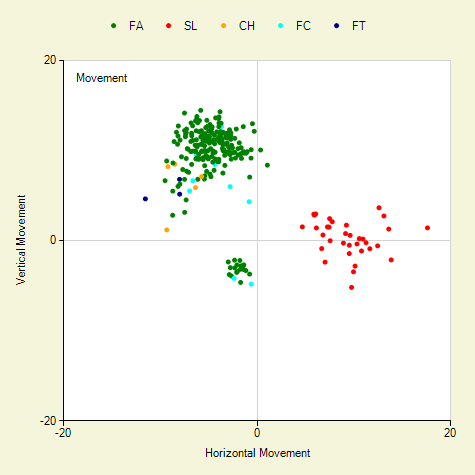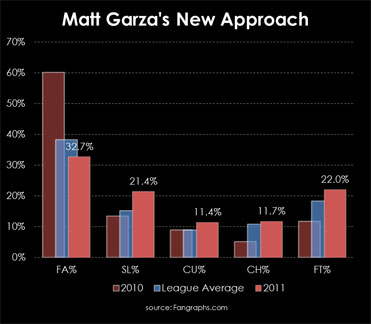- 28,043
- 10,465
- Joined
- Jan 7, 2004
Actually helped my fantasy team
 game-winning RBI for Crawford and Papelbon with the win!
game-winning RBI for Crawford and Papelbon with the win!
Neftali Feliz looking shaky in back-to-back save opportunities.

Neftali Feliz looking shaky in back-to-back save opportunities.




 . Everything but the ERA screams, "Elite!"
. Everything but the ERA screams, "Elite!"









